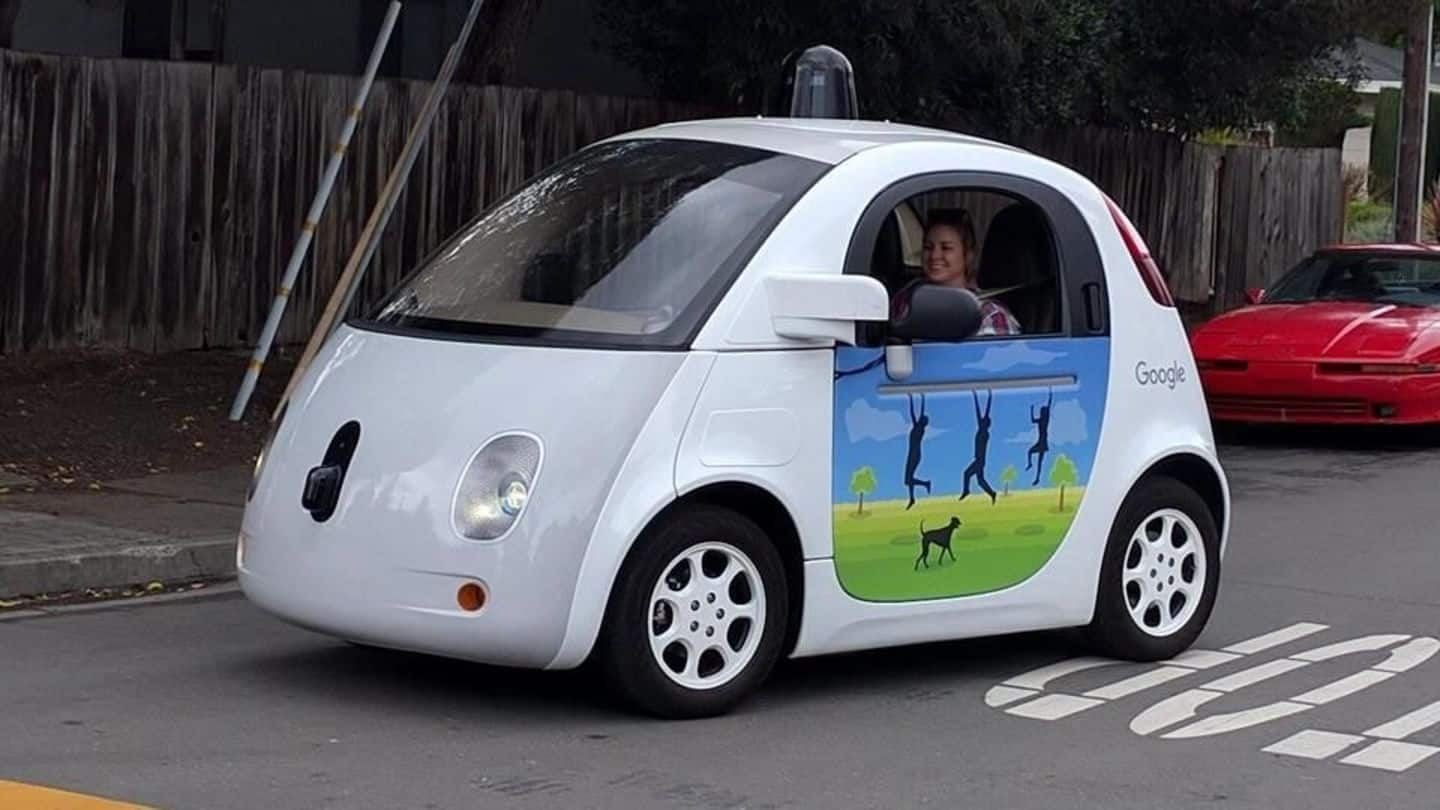
Biggest issue of self-driving taxis: How to clean riders' puke?
What's the story
Not very far in the future, fully-autonomous taxis will become a reality, offering faster and cheaper services.
Robotaxis would reduce transportation costs and enhance mobility for millions.
But there's one seemingly simple problem with robotaxis that nobody has thought about.
Who will clean up the yucky mess, including passengers' vomit, greasy food stains on seats/armrests, and slushy floor mats, in these robotaxis?
Cleaning Bills
Great mess: One of the unanswered questions about robotaxis
Manhattan's Pritam Singh, who ferries riders in his Toyota Camry for Lyft, says he spends at least $200 a month on cleaning or "sanitizing" the car.
This monthly bill could annually add up to millions or even billions for transportation players foraying into robotaxis.
This casts doubt on whether robotaxis will make ridesharing so cheap that people would prefer them to their own cars.
Quote
Robotaxis would replace private cars: Lyft Co-founder
Lyft's co-founder Zimmer said a personal car is "a ball and chain that gets dragged through our daily life." He predicted private car ownership in major cities would end by 2025. It's possible only if companies figure out how to effectively manage the driverless fleets.
Robotaxis
Lot of costs will get in the way
Uber and Lyft say, with robotaxis, "apps and bots do the work" and investors just "rake in".
However, experts at General Motors, Alphabet's Waymo, and Apple say there are issues, including operation/maintenance costs, which prevent robotaxis from becoming "cash cows".
And that is why Waymo and Apple have approached rental companies like Avis Budget and Hertz to manage driverless taxis.
Rental-Car Firms
Can rental-car businesses offer a solution?
Lyft's Brian Hsu said rental-car companies could offer solutions for the cleaning issue as they have expertise.
GM's rental-business Maven studied how much abuse ridesharing cars take, including the "filth deposited" and "damage inflicted" by passengers.
Once a car is past its prime, even rental companies struggle to maintain vehicles used by "the great unwashed public"; the same could be the case with robotaxis.
Possible Solutions
How can the mess be cleaned up?
To avoid the passengers' mess, taxi drivers can offer various solutions to the robotaxi industry, from refusing to pick up riders carrying food bags to staying clear of roads after bars close.
Other solutions include stocking sickness bags and water bottles.
Robotaxi players could also tie-up with companies like Cox Automotive that have facilities to clean, manage, and deal better with driverless cars.
Future
Robotaxis could change how people view and buy transportation
Whether we are ready or not, driverless taxis are going to hit the roads soon.
GM CEO Mary Barra said they are expanding their autonomous Chevrolet Bolts' fleet from 50 to 180 and Lyft plans to test the Bolt as a robotaxi soon.
Experts say the arrival of robotaxis with zero human interference for navigating traffic could be a huge economy-altering event.
Temporary
The timeline is brewing!
The timeline is brewing!